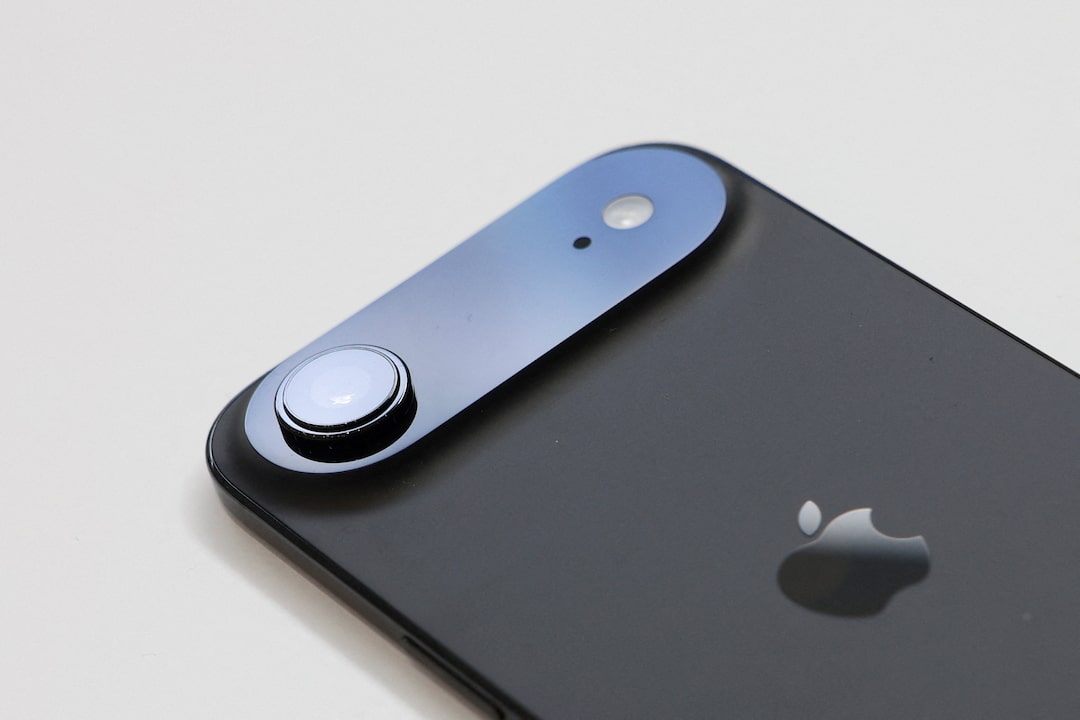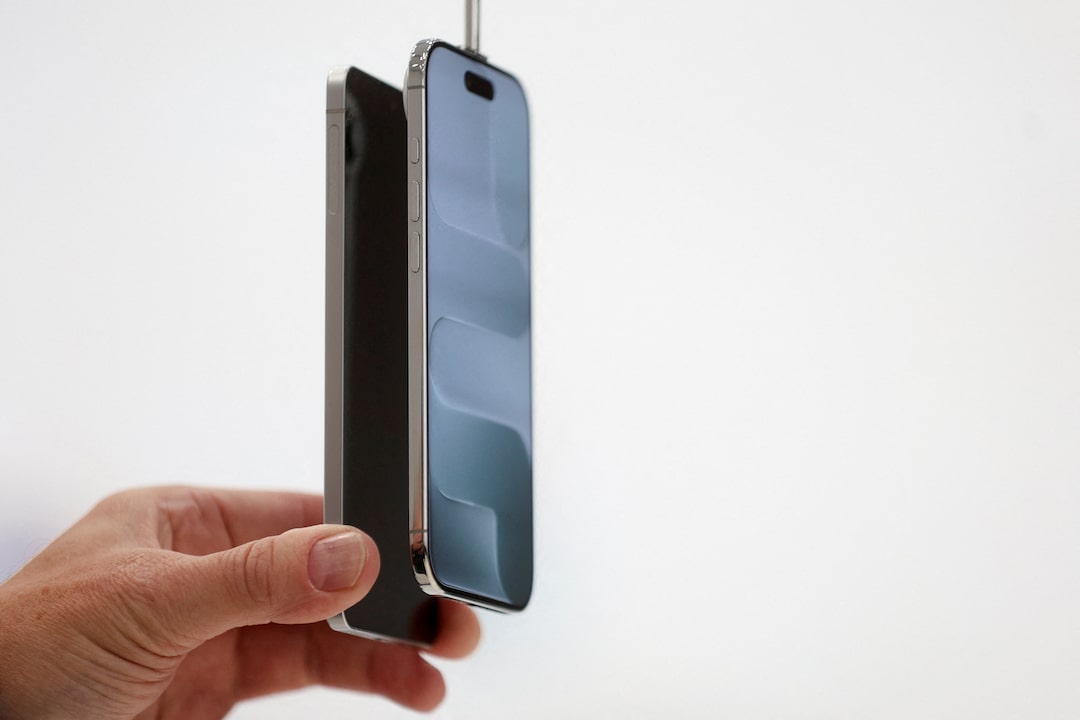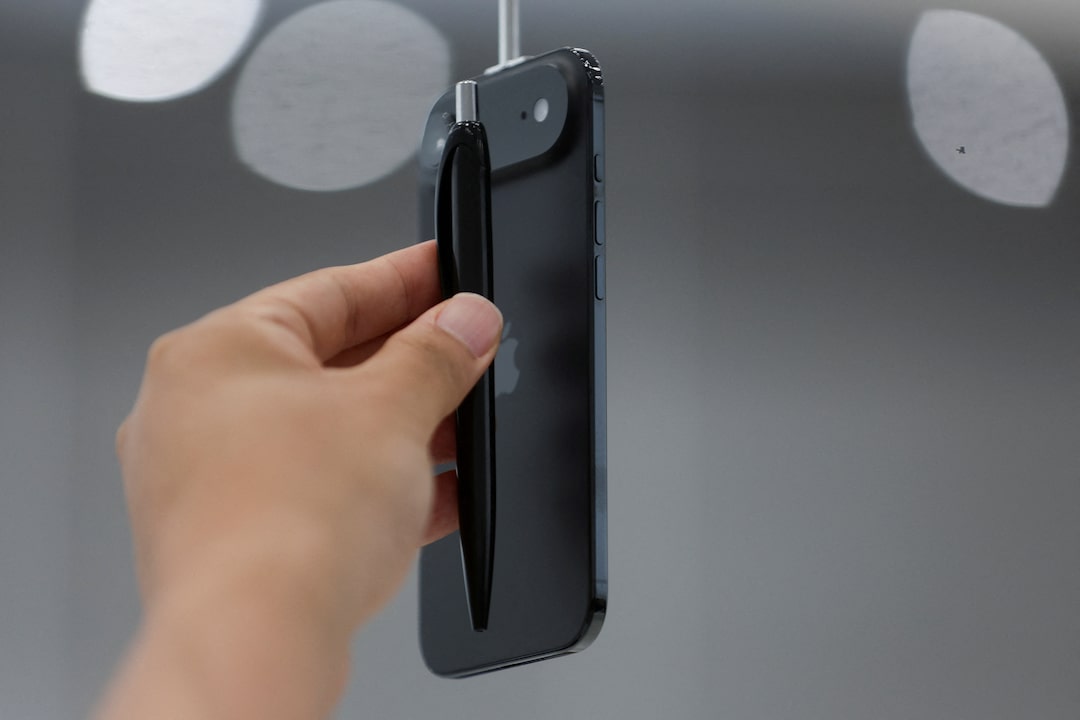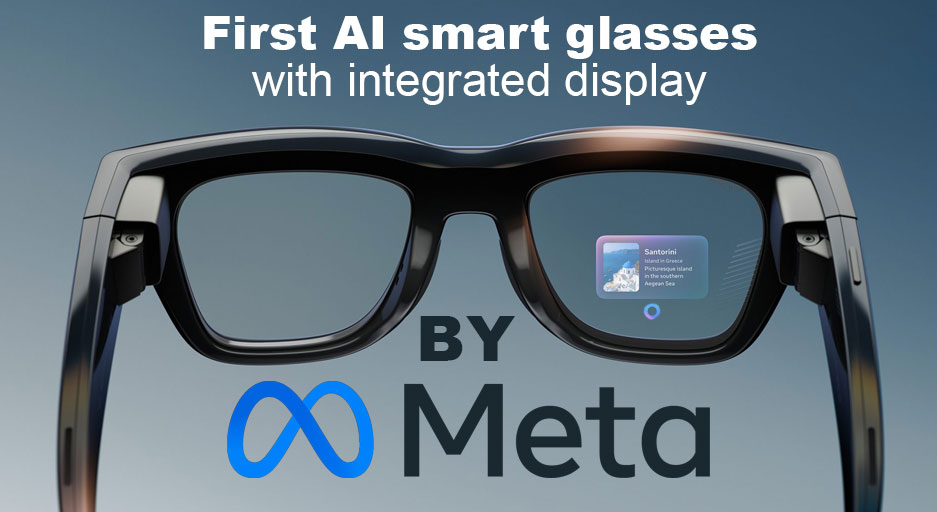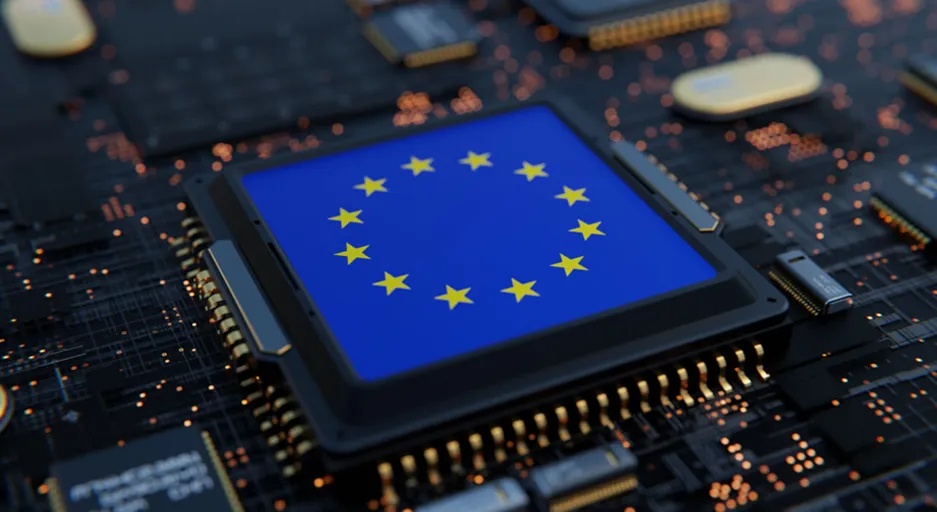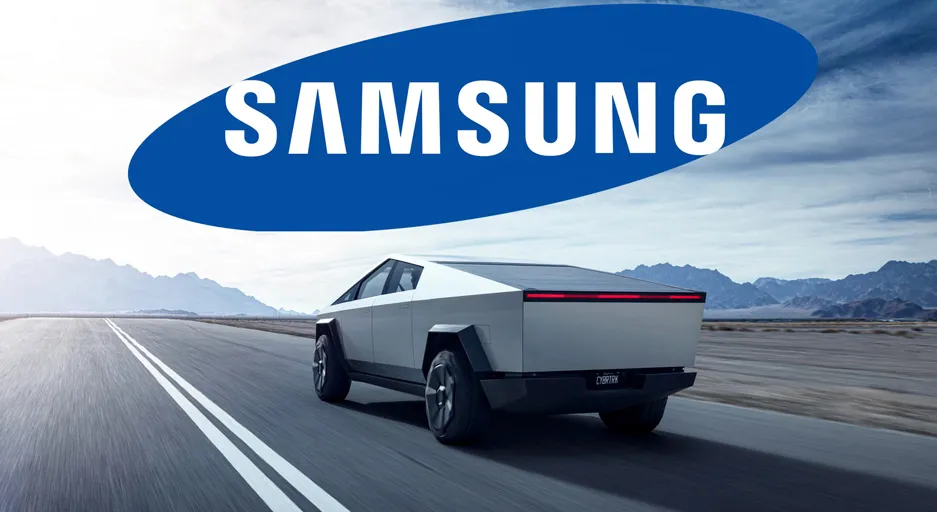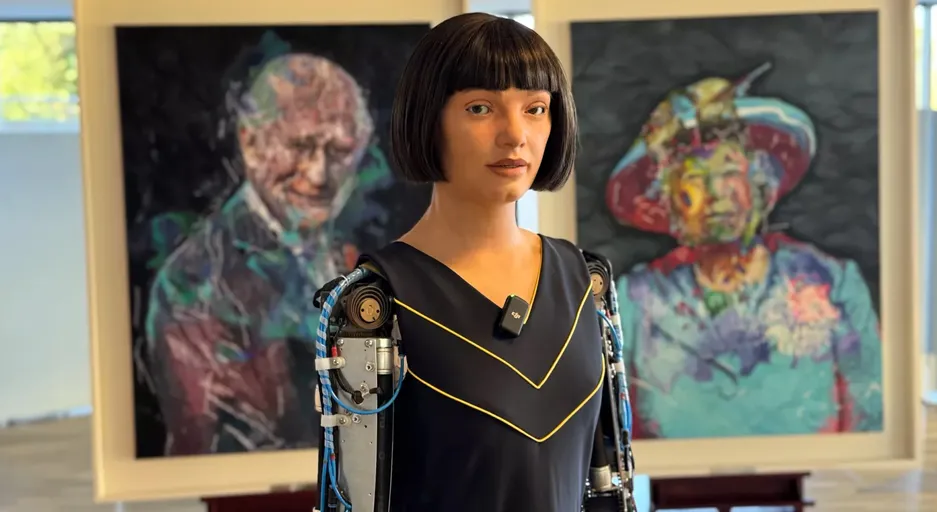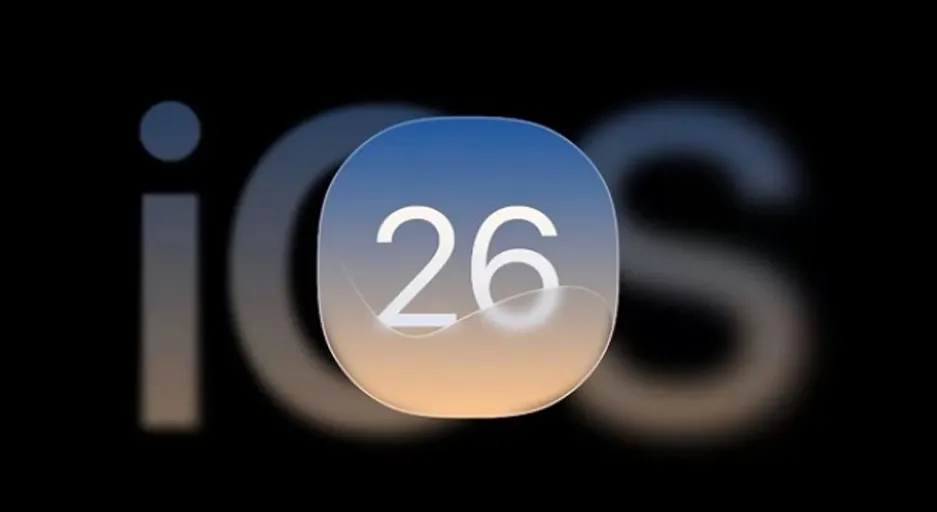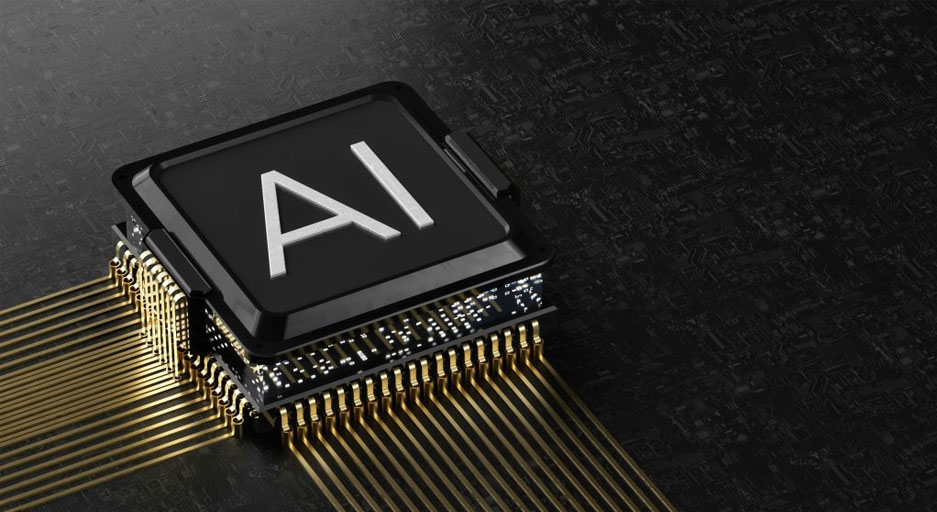Apple’s Bold New iPhone Air: Design Breakthrough Meets AI Uncertainty
Apple has once again taken center stage in Cupertino, California, unveiling a product that could redefine how we think about smartphones. The company’s latest launch introduced the iPhone Air, Apple’s slimmest iPhone ever and the first major design overhaul in nearly a decade.
At just 5.6 millimeters thick, the iPhone Air is slimmer than Samsung’s Galaxy S25 Edge, signaling a fresh step forward in Apple’s design philosophy. CEO Tim Cook kicked off the presentation with a powerful nod to Steve Jobs, reminding the audience that “design is also how it works.”
But while the design captivated audiences, questions remain about Apple’s ability to keep pace in the race for artificial intelligence (AI) supremacy.
A Leap in Design: The Slimmest iPhone Ever
Apple’s legacy has always been tied to beautiful, functional design, and the iPhone Air fits squarely in that tradition. With its titanium frame and ceramic shield glass, the device is both elegant and durable. The engineering team has compressed the phone’s internal components to the size of postage stamps while still claiming to deliver all-day battery life.
This design choice makes the iPhone Air a standout in a market where many smartphones have begun to look nearly identical. Fans immediately applauded the new look, with reactions at the event echoing the excitement that Apple generated back in 2008 with the original MacBook Air.
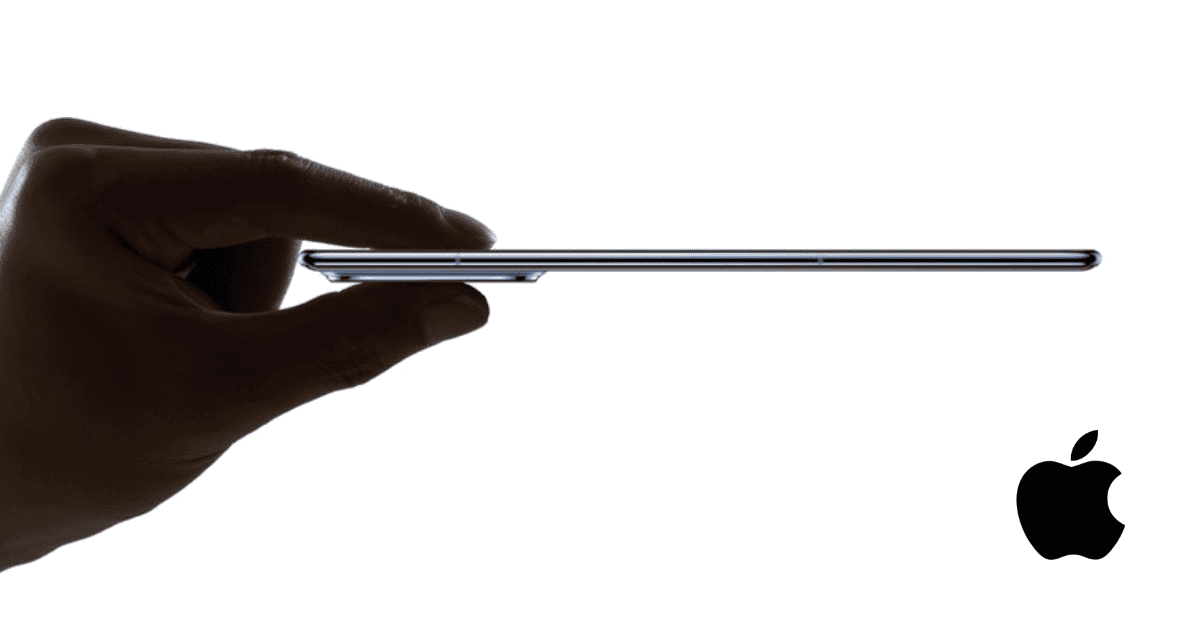
Apple’s Strategy: Four New iPhones for Every Budget
The iPhone Air is part of a broader lineup that includes the iPhone 17, iPhone 17 Pro, and iPhone 17 Pro Max. By releasing four distinct models, Apple is targeting a wide range of customers — from those seeking cutting-edge performance to those looking for a sleek, mid-range option.
What makes the Air particularly interesting is its positioning in the middle of the lineup. Priced $100 below Samsung’s Galaxy S25 Edge, the Air is more accessible than many expected. Analysts suggest that this competitive pricing could encourage millions of users to upgrade during the crucial holiday shopping season.
The One-Camera Trade-Off
One surprising design decision is that the iPhone Air features just one rear camera, compared with the dual cameras on the iPhone 17 and the triple-lens systems on the Pro models.
For casual users, this may not be a deal-breaker, especially since Apple is known for optimizing photography through software and AI enhancements. Still, photography enthusiasts may gravitate toward the Pro models for greater flexibility.
The AI Gap: Can Apple Catch Up?
While the iPhone Air shines in design, AI remains Apple’s weak spot. Competitors like Google and Samsung have already integrated advanced AI models into their flagship devices. Google’s Gemini AI, for instance, powers real-time translation, smarter voice assistance, and context-aware photo editing.
At the Cupertino event, Apple’s AI story was less clear. The A19 Pro chip, introduced in the iPhone Air, is optimized for AI tasks, and two new communication chips were highlighted as future-proofing measures. But Apple stopped short of demonstrating breakthrough AI features.
Industry experts worry that Apple is “behind the eight ball” in AI innovation. According to Thomas Hayes, chairman of Great Hill Capital, “Apple’s not really innovating … and the market is a little bit skeptical.”
Wall Street’s Reaction: Mixed Signals
Despite the excitement from fans, Apple’s stock dropped more than 3% the day after the event. Investors are concerned about margins, especially since Apple avoided raising prices in a climate of trade tariffs and higher manufacturing costs.
So far this year, Apple’s stock has slipped 6.4%, while rivals like Microsoft and Nvidia have posted double-digit gains thanks to their AI strategies. Apple remains the third-most valuable company in the S&P 500 with a market cap of $3.5 trillion, but Wall Street clearly wants to see stronger innovation in AI.
Consumer Reactions: Fans Still Love the Hardware
Despite analyst concerns, fans and creators were enthusiastic. Tech YouTuber Gaurav Chaudhary, who has nearly 24 million subscribers, praised the iPhone Air’s durability and sleek build. While many leaks spoiled some details ahead of launch, he admitted that the final reveal was still impressive. His biggest question — and one shared by many fans — is whether Apple’s battery life claims will hold up in real-world use.
A Throwback to Steve Jobs’ Legacy
The iPhone Air also carries symbolic weight. Seventeen years ago, Steve Jobs introduced the first MacBook Air by pulling it out of a manila envelope — a dramatic moment that highlighted Apple’s obsession with thin, portable devices.
The iPhone Air borrows both its name and design philosophy from that moment. In a smartphone market crowded with incremental updates, the Air feels like a bold return to Apple’s design roots.
As analyst Paolo Pescatore of PP Foresight put it: “In an era where we’ve seen a large degree of sameness, it’s great to see Apple bring a new product to the market. It kind of reinvigorates the whole segment of iPhone.”
Competitive Positioning: Why the Air Matters
From a business perspective, the iPhone Air could be Apple’s most strategically important device this year. By undercutting Samsung’s pricing while offering a distinctive design, Apple is sending a clear signal that it wants to dominate not only the high end of the market but also the premium mid-tier segment.
For customers, the Air delivers what many have been asking for: a device that feels new and exciting, rather than just another annual refresh.
Looking Ahead: AI Will Define the Future
Design alone won’t secure Apple’s dominance in the years ahead. The smartphone market is moving toward AI-driven experiences, from personalized recommendations to advanced productivity tools. If Apple doesn’t deliver compelling AI features soon, even its most beautiful designs may not be enough to maintain growth.
Still, Apple has a history of arriving late to trends and then reshaping them to its advantage — from MP3 players and smartphones to wireless earbuds. As IDC’s Nabila Popal noted: “Apple’s late, but when they do it, they do it bigger or louder or better than anyone.”
Final Thoughts
The iPhone Air is a striking reminder of Apple’s design leadership. With its ultra-slim body, titanium frame, and competitive pricing, it could spark a new wave of upgrades and keep Apple relevant during the all-important holiday season.
Yet the elephant in the room remains artificial intelligence. Unless Apple unveils stronger AI capabilities soon, it risks being overshadowed by competitors who are already weaving AI deeply into their ecosystems.
For now, though, the iPhone Air has achieved what every new iPhone needs to do: get people talking again.
About the author : koosha Mostofi
I’m Koosha Mostofi — a multidisciplinary media creator, full-stack developer, and automation engineer, currently based in Tbilisi, Georgia. With more than two decades of professional experience, I’ve been fortunate to work at the crossroads of technology and creativity, delivering real-world solutions that are both visually engaging and technically robust.


